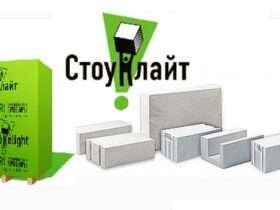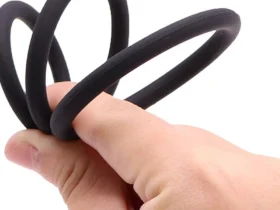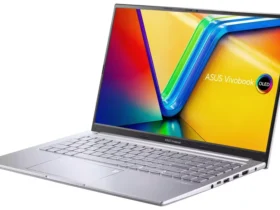There is a lot of noise in the conventions and CES 2020 is no different. There are hordes of visitors, buzzing gadgets, exoskeletons creaking (yes, really), speakers blowing everything around, and (of course) lots of TVs demonstrating what they can do.
The problem is that embedded audio—that is, the sound capability of the speakers baked right into the TV—is often not enough. On cheaper kits, you'll often be stuck with a tinny 10W output, while more expensive kits will be designed to be used in tandem with a soundbar or external setup. If you're spending tons of money on a TV, after all, it's likely you'll be able to afford a sound system to match.
- What are the best TVs at CES 2020?
Listening to built-in speakers on Samsung, 8k QLED's new flagship, the Q950TS, hit home for me, how often TV makers have to resort to half measures to support them, or just leave it up to buyers to find a sound solution elsewhere.
What is the problem? There are several (fairly large) TV brands currently using 'drivers' in their TV panels: cone-smaller audio drivers that vibrate the panel against itself to radiate sound across the entire panel. This stops the audio from isolating to just one spot, which also muddies up where the sound comes from with the effect of even small or unimportant sounds, filling the room as it echoes throughout the cave.
Sony's Acoustic Surface Audio+ technology is guilty of this, somehow trying to use panel-vibration technology to distinguish its sound from other TV competitors. It feels like a good idea in theory that in practice plays audio rather than adding it, but is widely deployed across Sony's premium TV lineup (including the new Z8H 8K and A8H OLED display).

The Sony A8H OLED display makes use of the Surface Acoustic Audio+, but do you want to get it?
Hysens also attended this show with panels that vibrate with sound to achieve a similar effect - using the term 'incitors' rather than 'actuators' - and it's a little sad to hear the sound being distorted in the name of technological progress.
This isn't a problem if you're retelling the sound with a soundbar or system surround, and therefore bypassing the built-in speakers - but you shouldn't rely on this solution.
Not very good vibrations
Samsung's response has been with the OTS+ (object tracking sound+) technology that has been rolled out in the 2020 8K QLED TV range, with a slightly simpler version in the 4K QLED range called OTS (without the '+').
Object Tracking Sound+ and Surface Acoustic Audio+ are similarly worded chunks of jargon (why is everyone adding pros to things these days?) but apart from the world in their effect.
Installing actuators that control the screen causes the entire screen to vibrate and therefore the individual channels (ie left, right, surround) are lost. So using real speakers is still better.
Allan Devantier, Samsung
Samsung Audio R&D vice president, Allan Devantier, points out that with TV panels getting bigger and bigger, “protruding from the top, side and bottom are all far enough apart to be perceived as completely different sources. For example, correctly done sound from the side or top of the speaker does not "color" the sound from the main speakers to the bottom. So we use this property with OC and OC+.”
In this situation, you can turn the panel into a single source, but you are essentially a vibrating piece of glass and vague sources on top of each other: “installing actuators that control the screen causes the entire screen to vibrate and therefore separate channels (i.e. left, right, surround) are lost. So using real speakers is still better.
“Other than some 'electrostatic' speakers (which are nothing like the drives some broadcasters are trying to make sound with) Most audiophile speakers still use good old woofers and tweeters – and for good reason.”

Samsung Q950TS AI 8K QLED
The 8K QLED flagship for 2020, Samsung's Q950TS, uses an array of audio drivers located around a panel shroud that are placed at the bottom, sides and top of the TV. With this OC+ array, the set is able to shoot audio from multiple locations, giving a real sense of the place to the sound as it moves across the screen, rains coming from above, or runs off into the distance.
When listening to scenes of war, or the rich rhythms of Billy Eilish's pop track Bury a Friend, depth is achieved through multichannel audio that is varied in pitch, rather than simply moving in one direction - down-fire, rear-firing, or up-firing, for example. - was amazing.
It's clearly not a solution for cheaper sets - better features are rare - but the OTs+ exemplifies the audio breathing space it deserves, and other TV brands should take note.
- Check out all TechRadar's CES 2020 coverage. We live in Las Vegas to bring you all the latest news, tech news and launches, plus hands-on reviews of everything from 8K TVs and cool displays to new phones, laptops and smart home gadgets.
Write Your Review





















REPLY